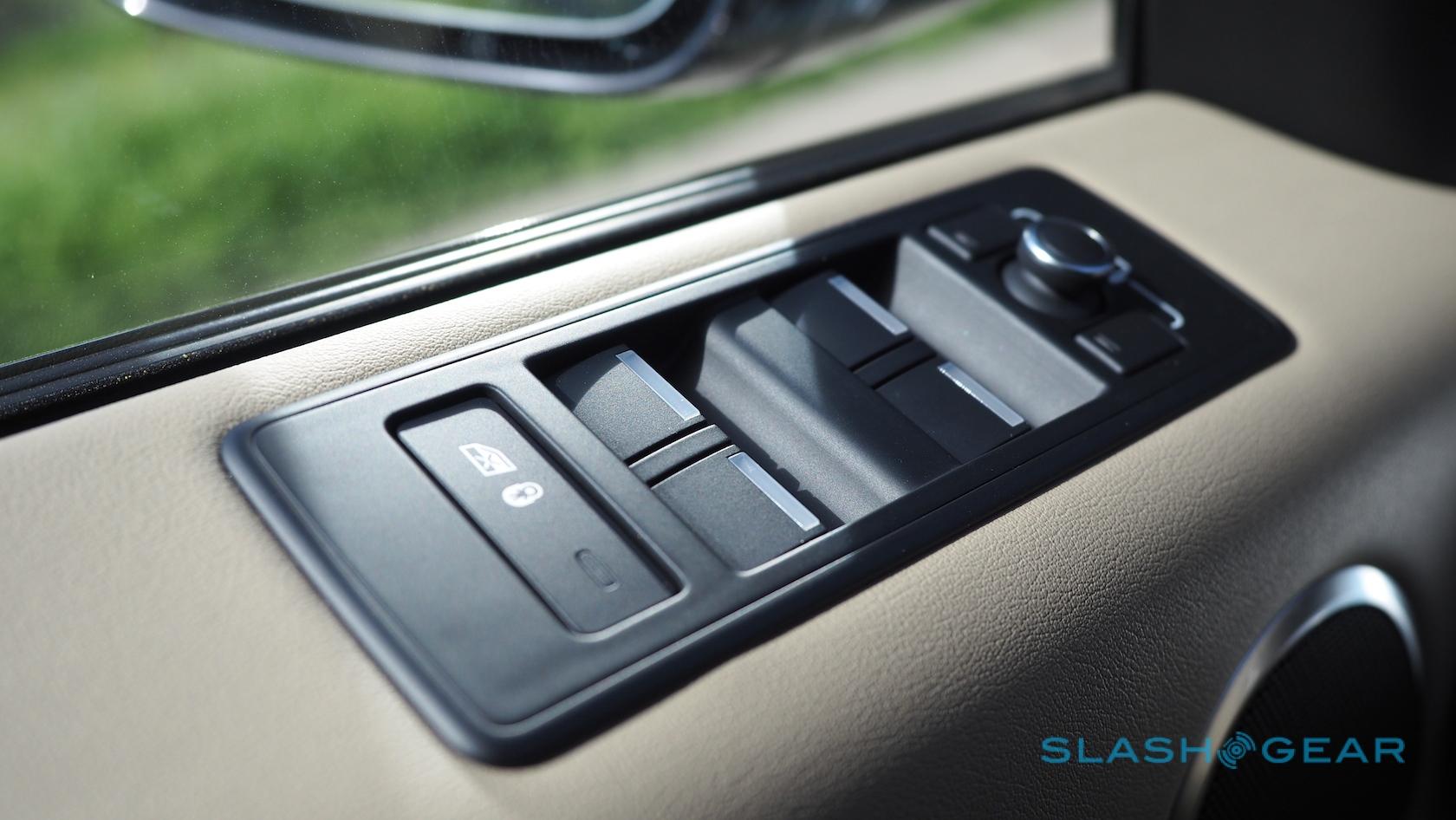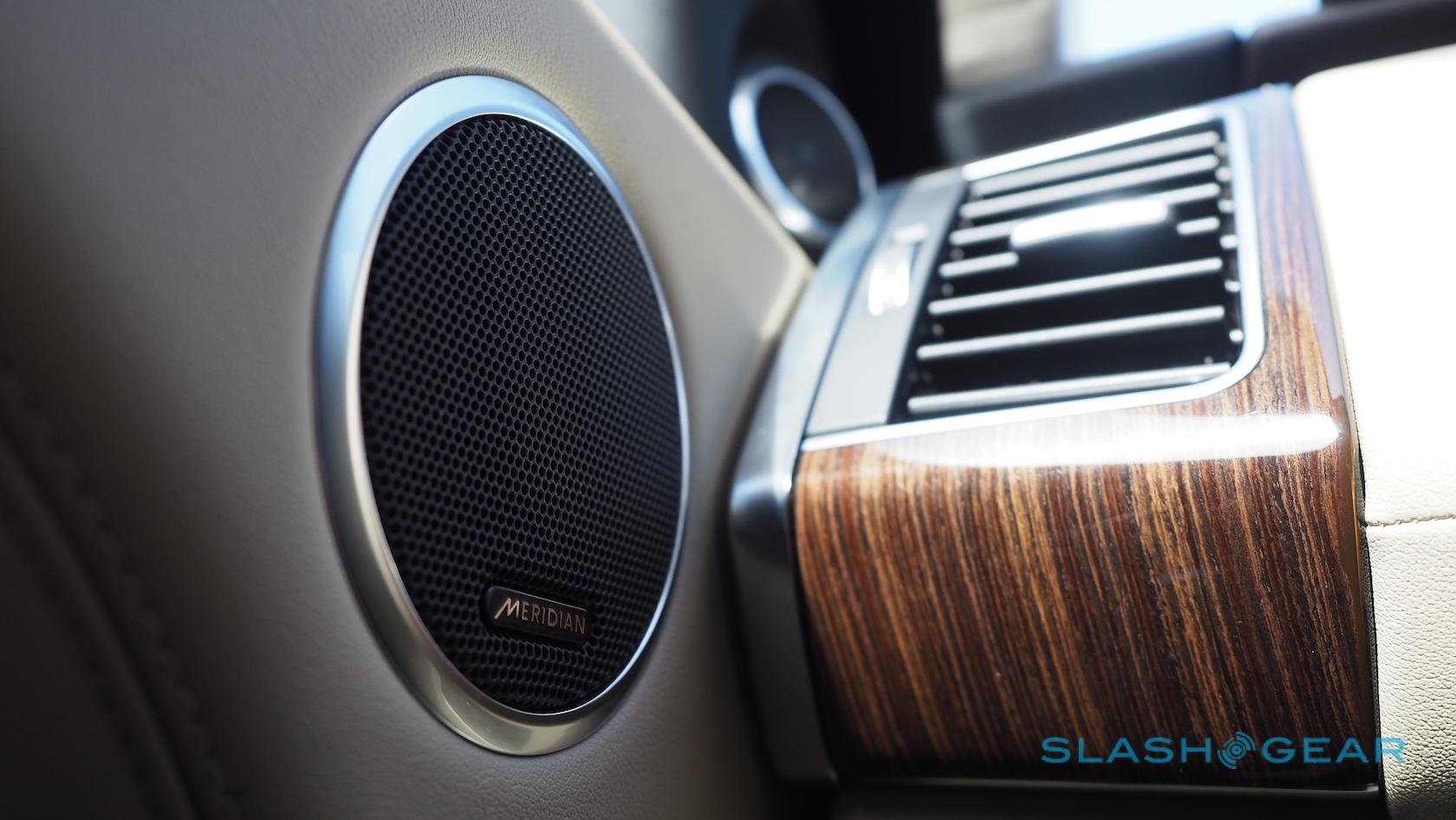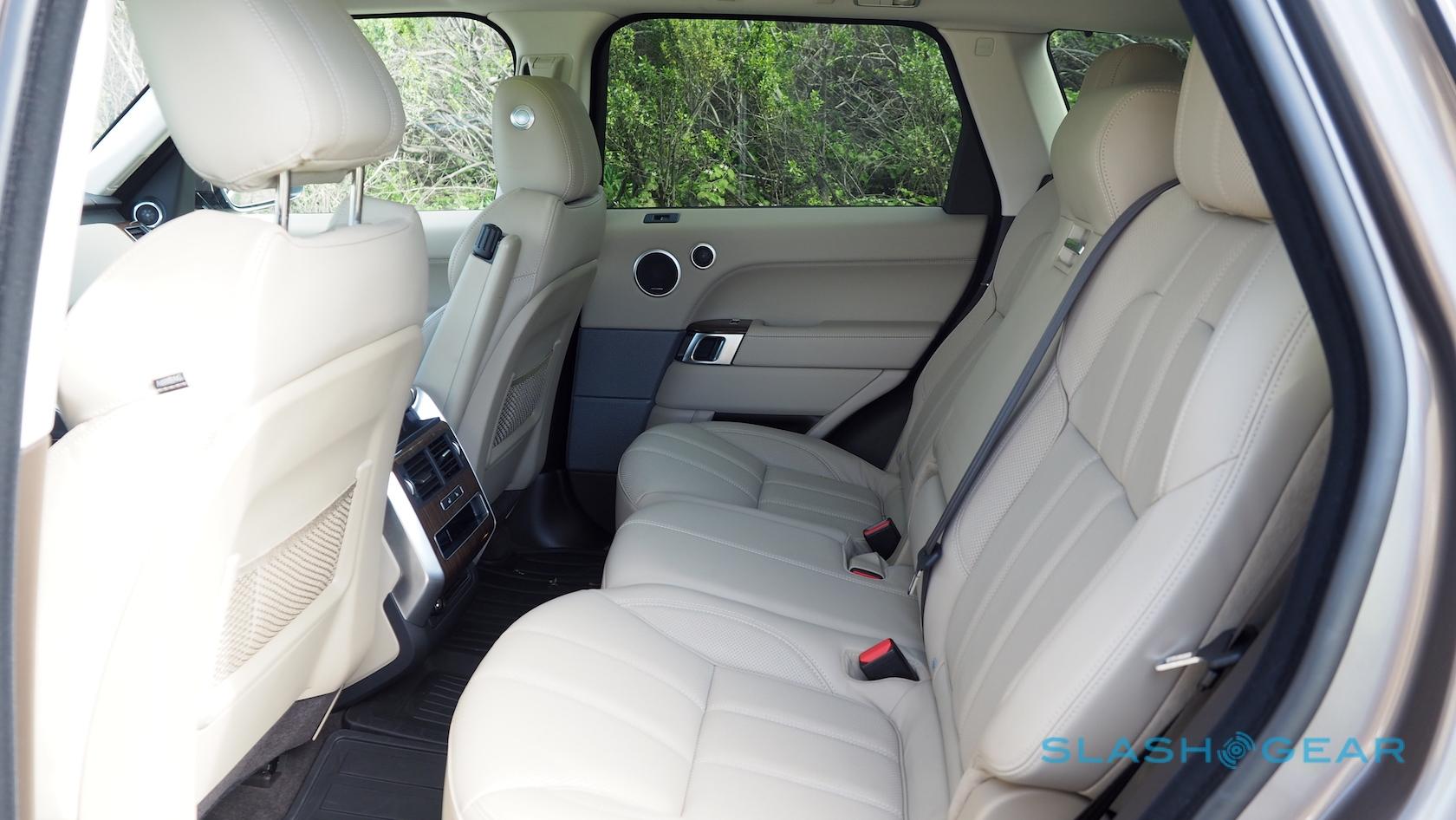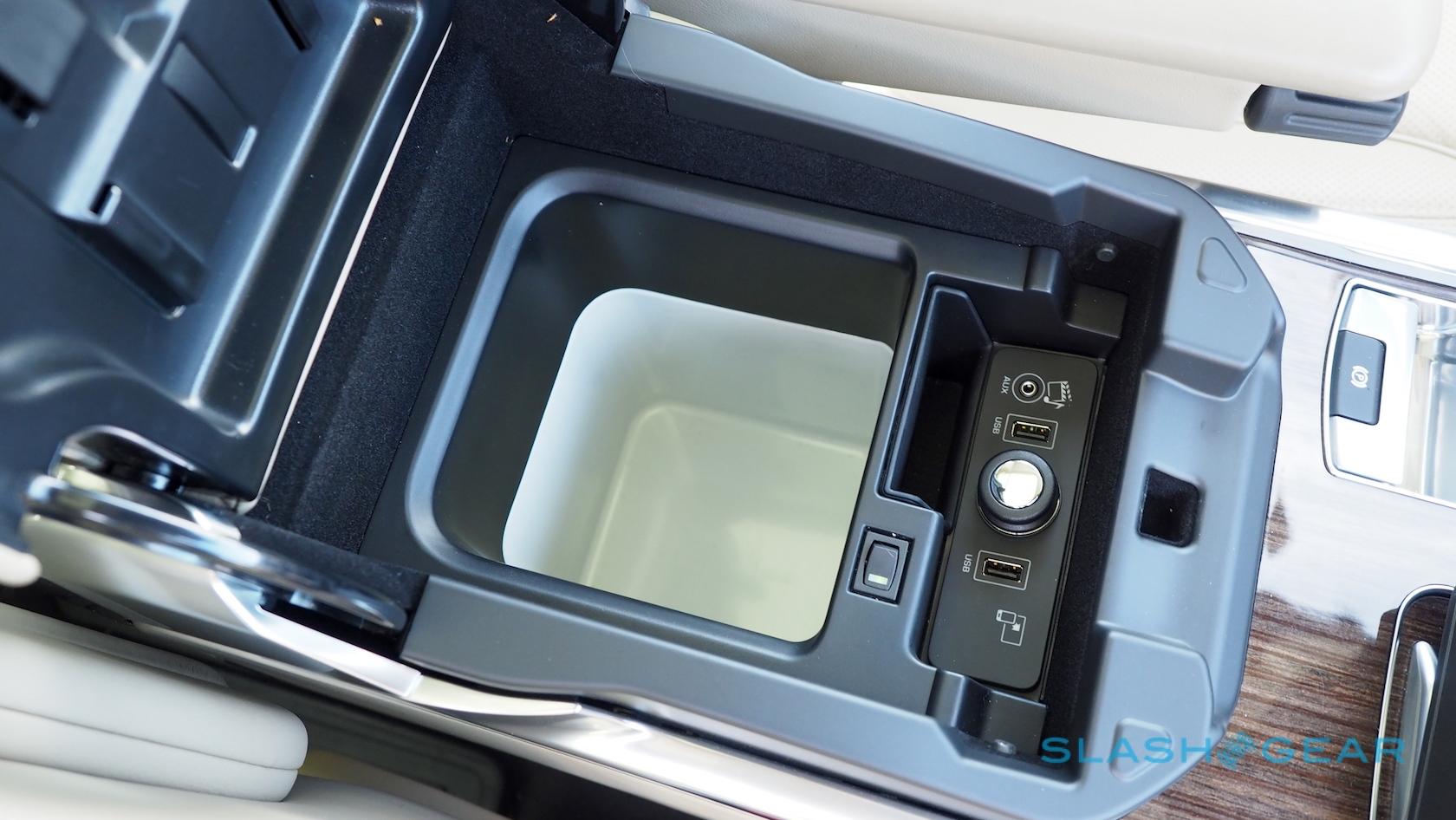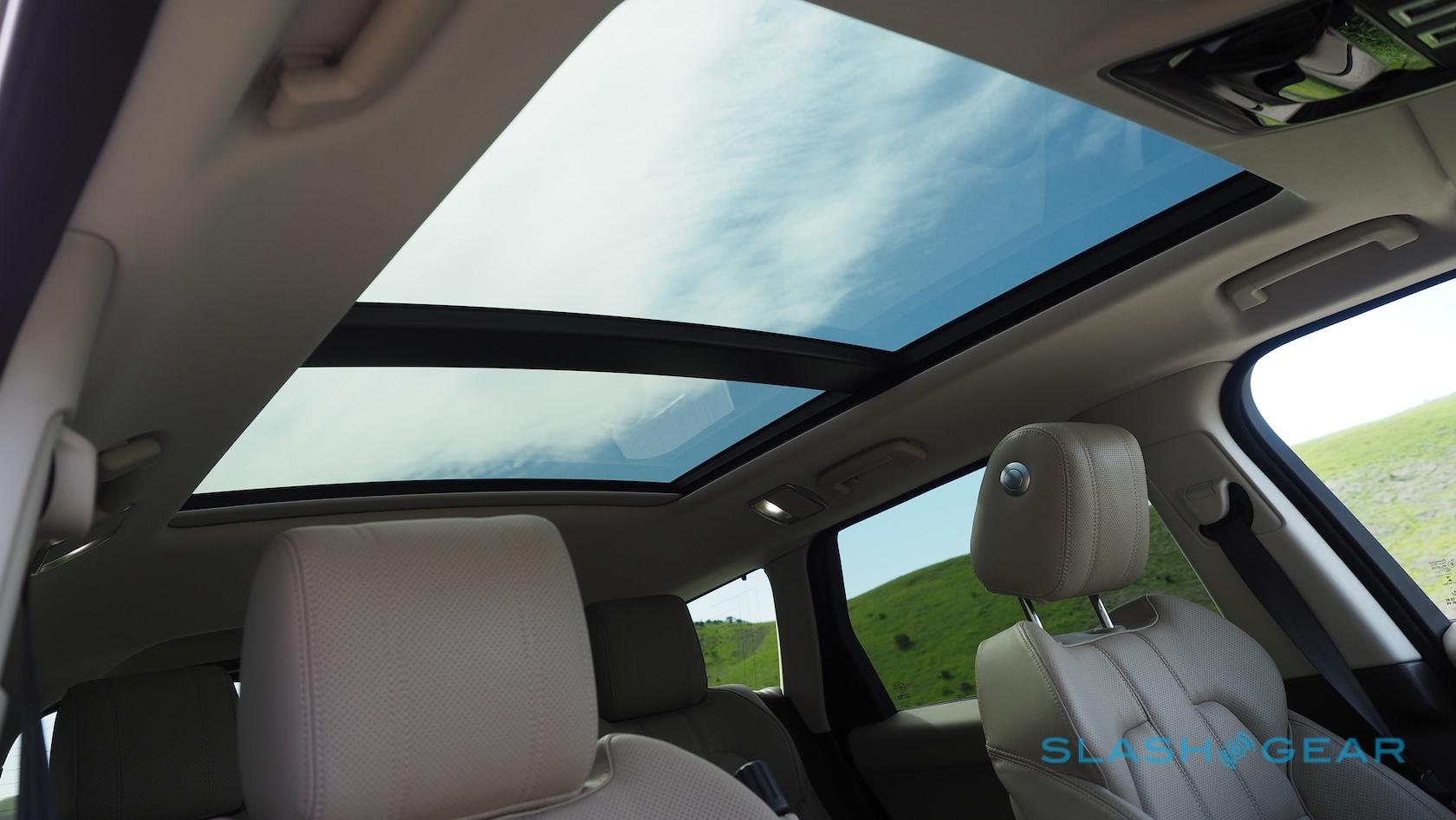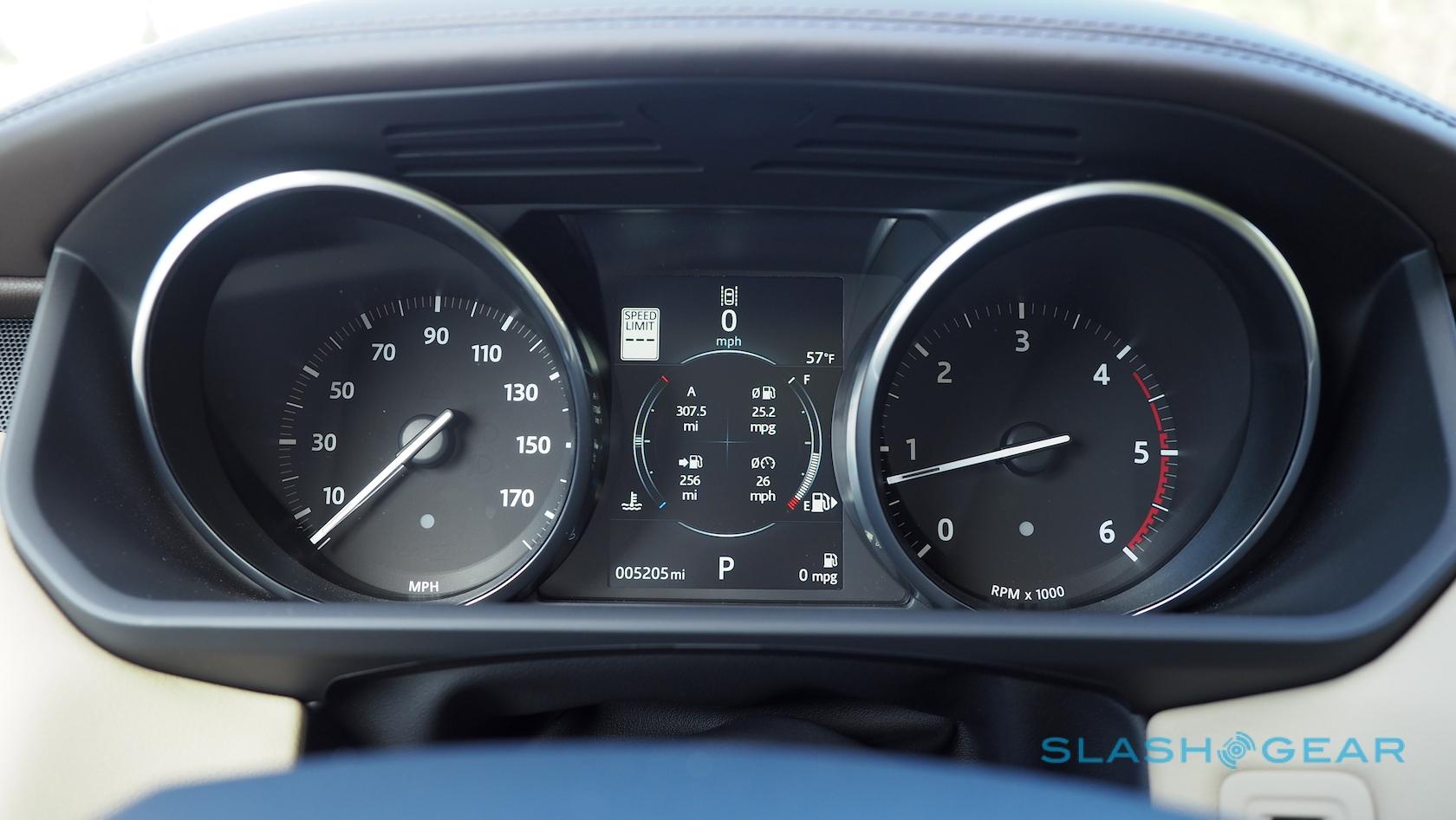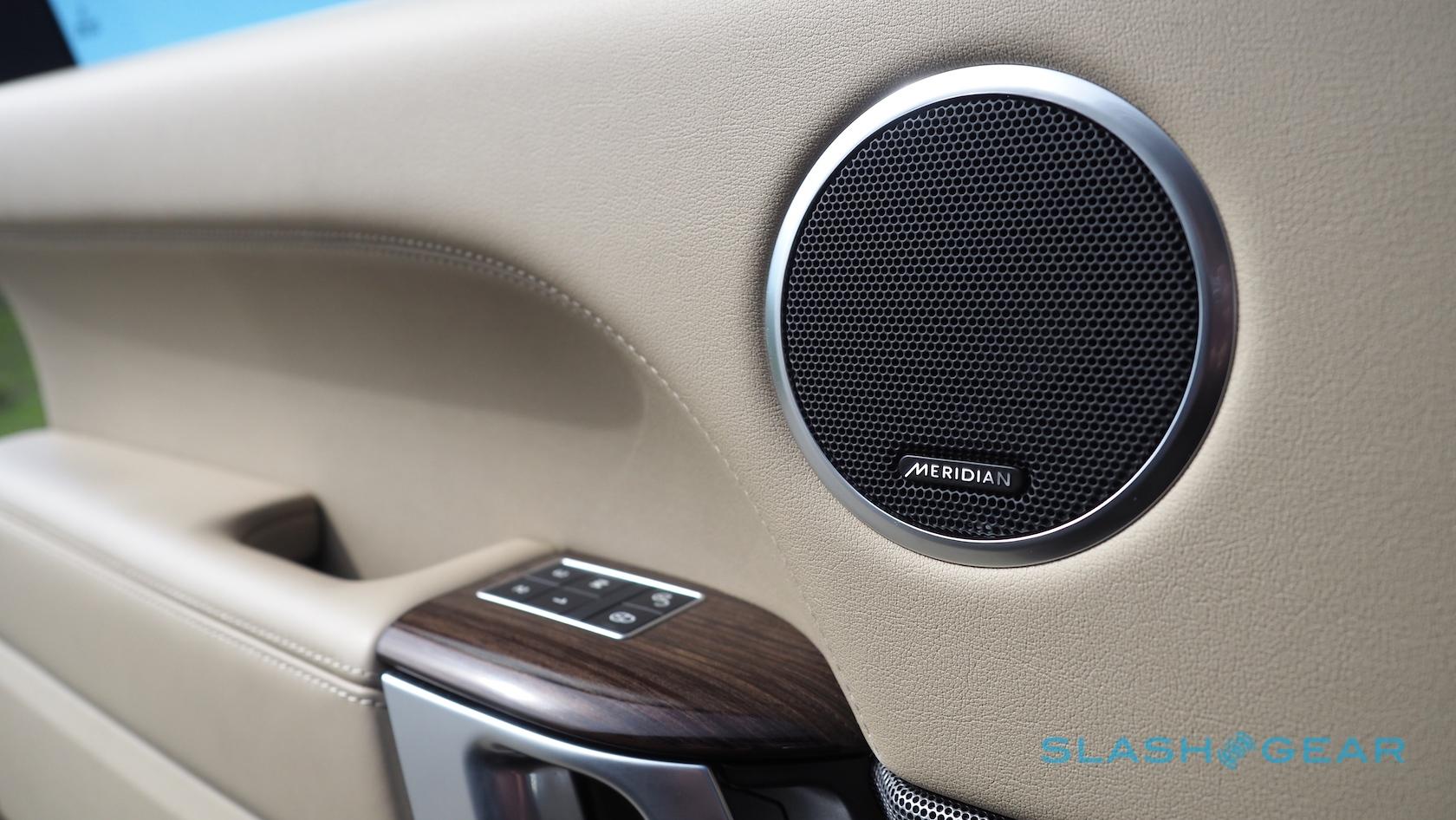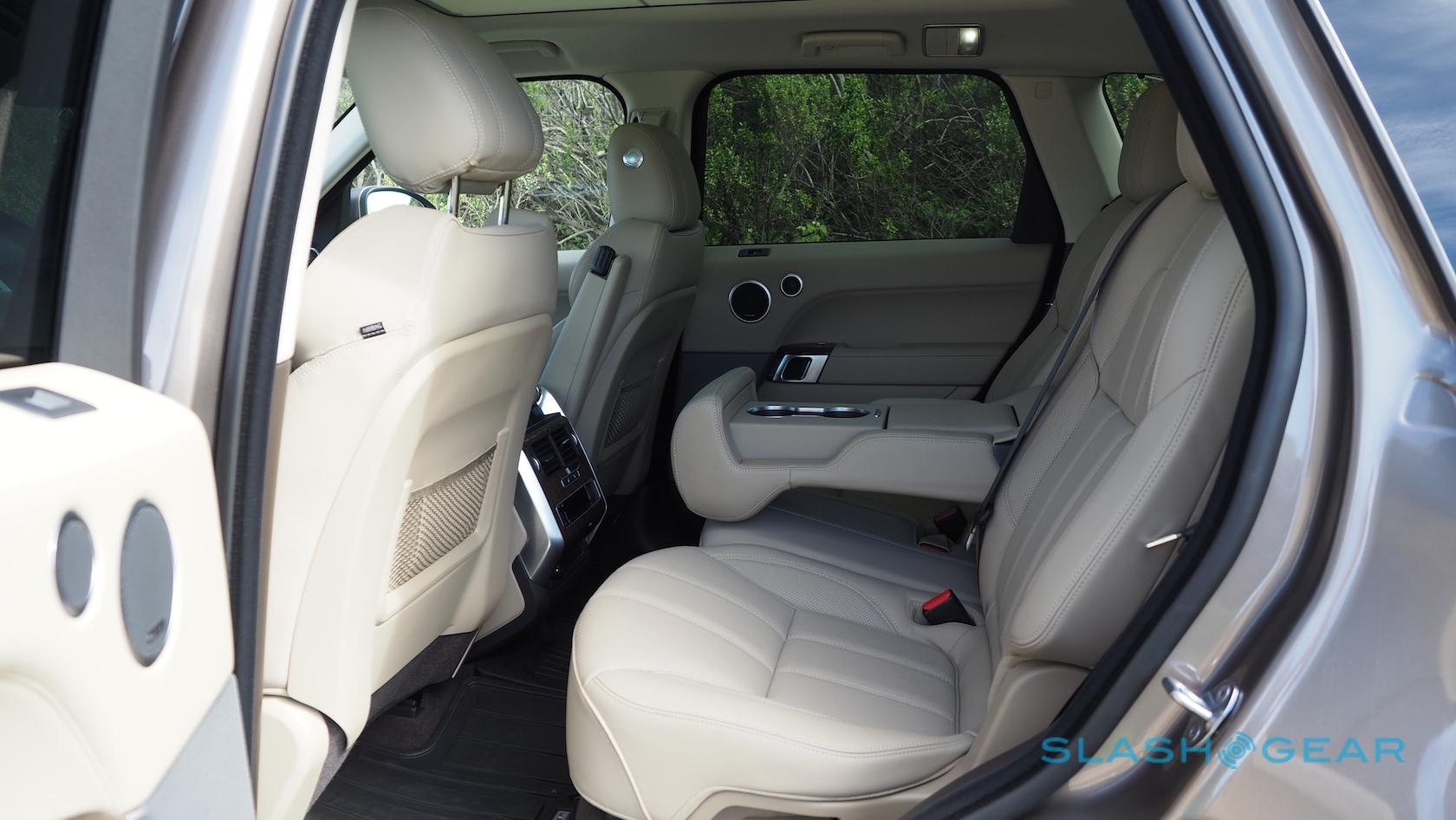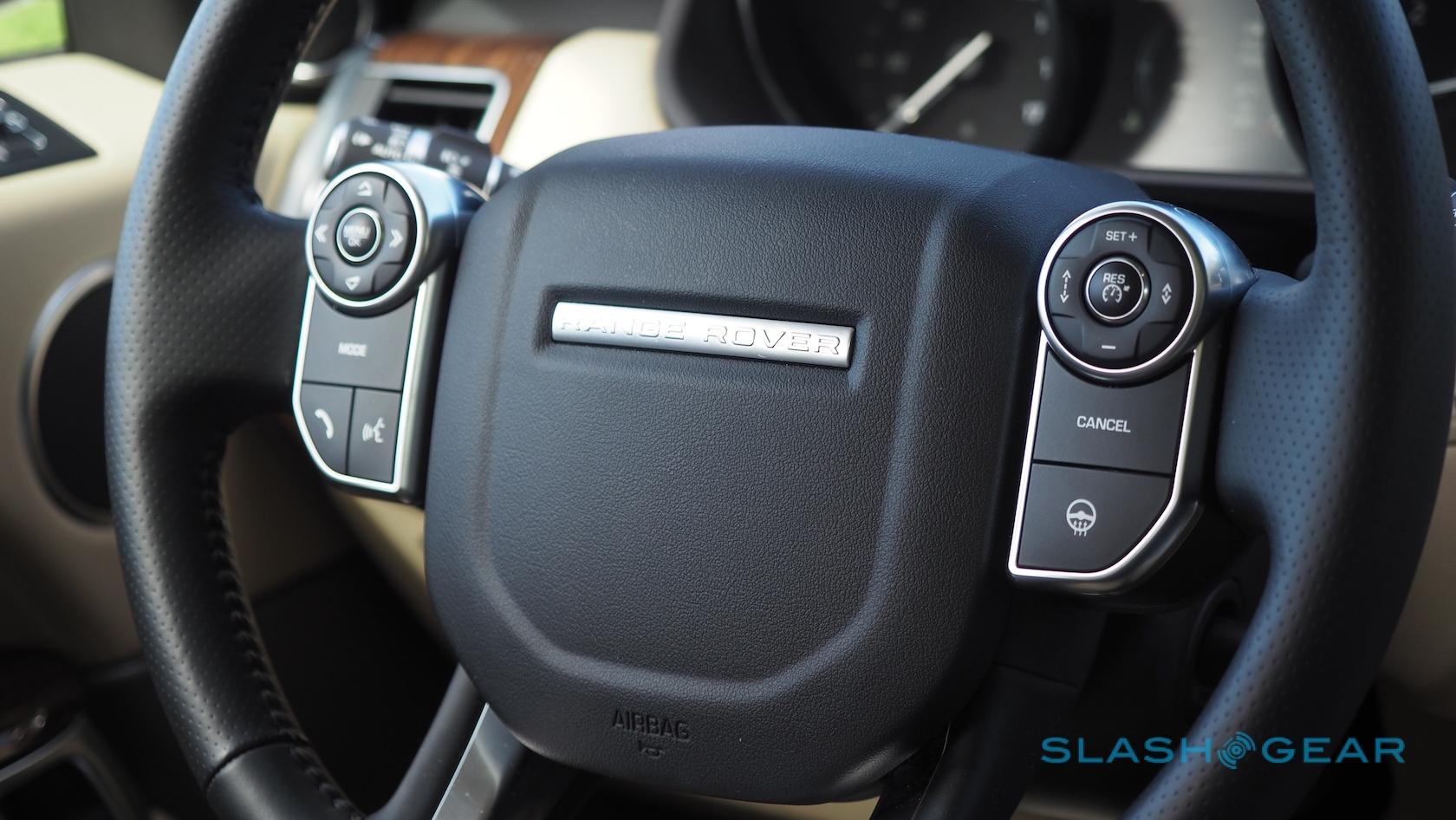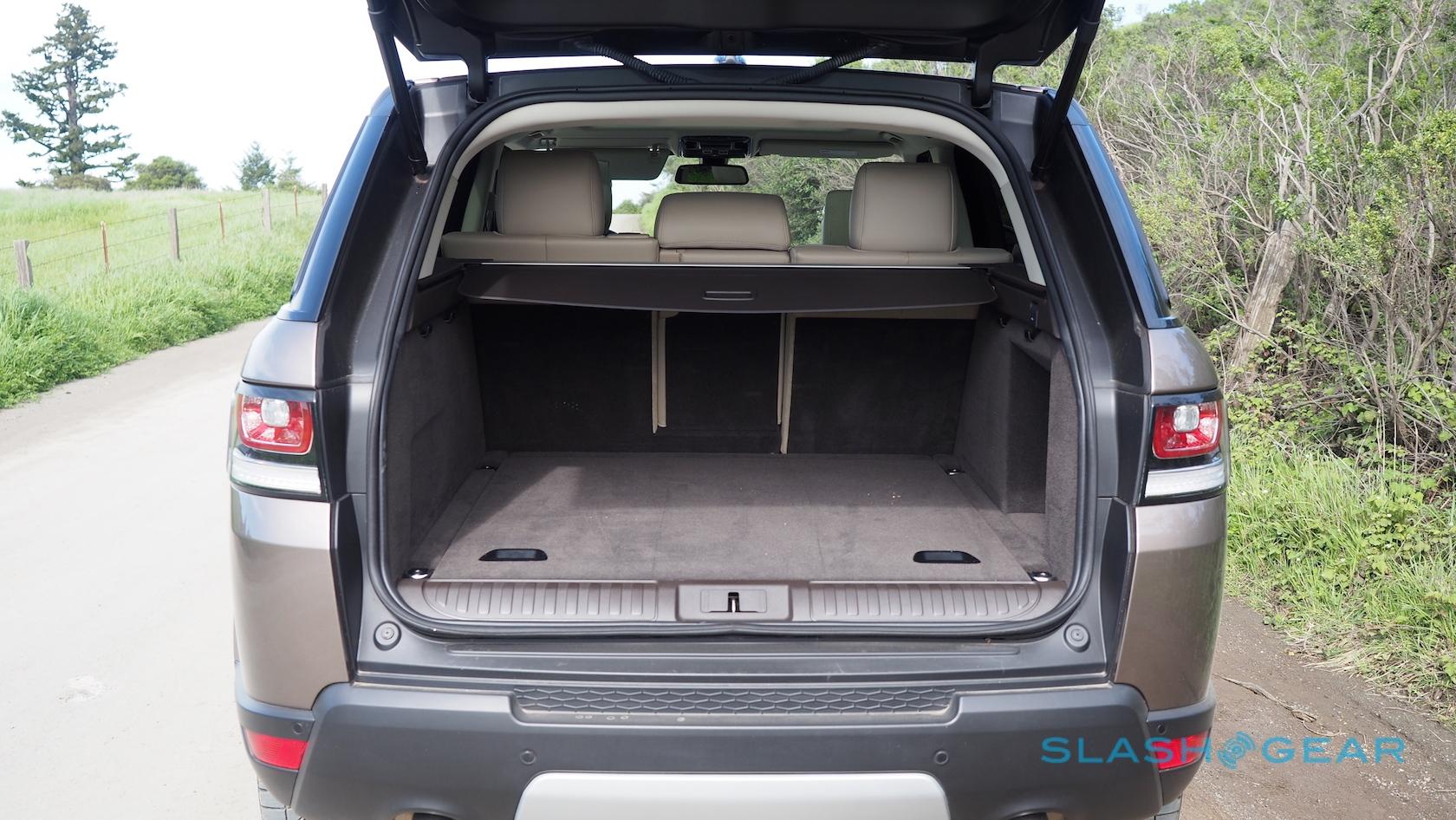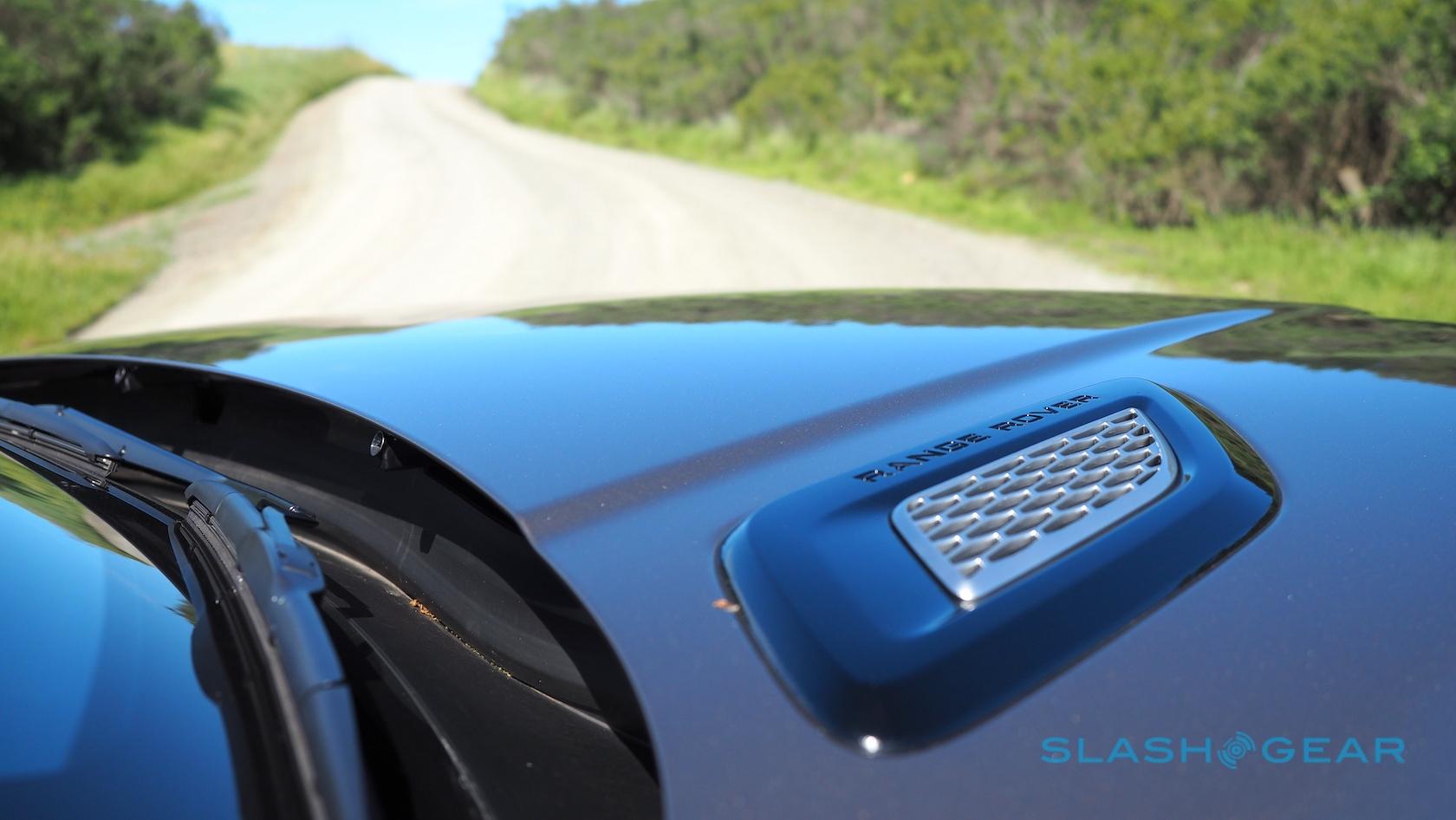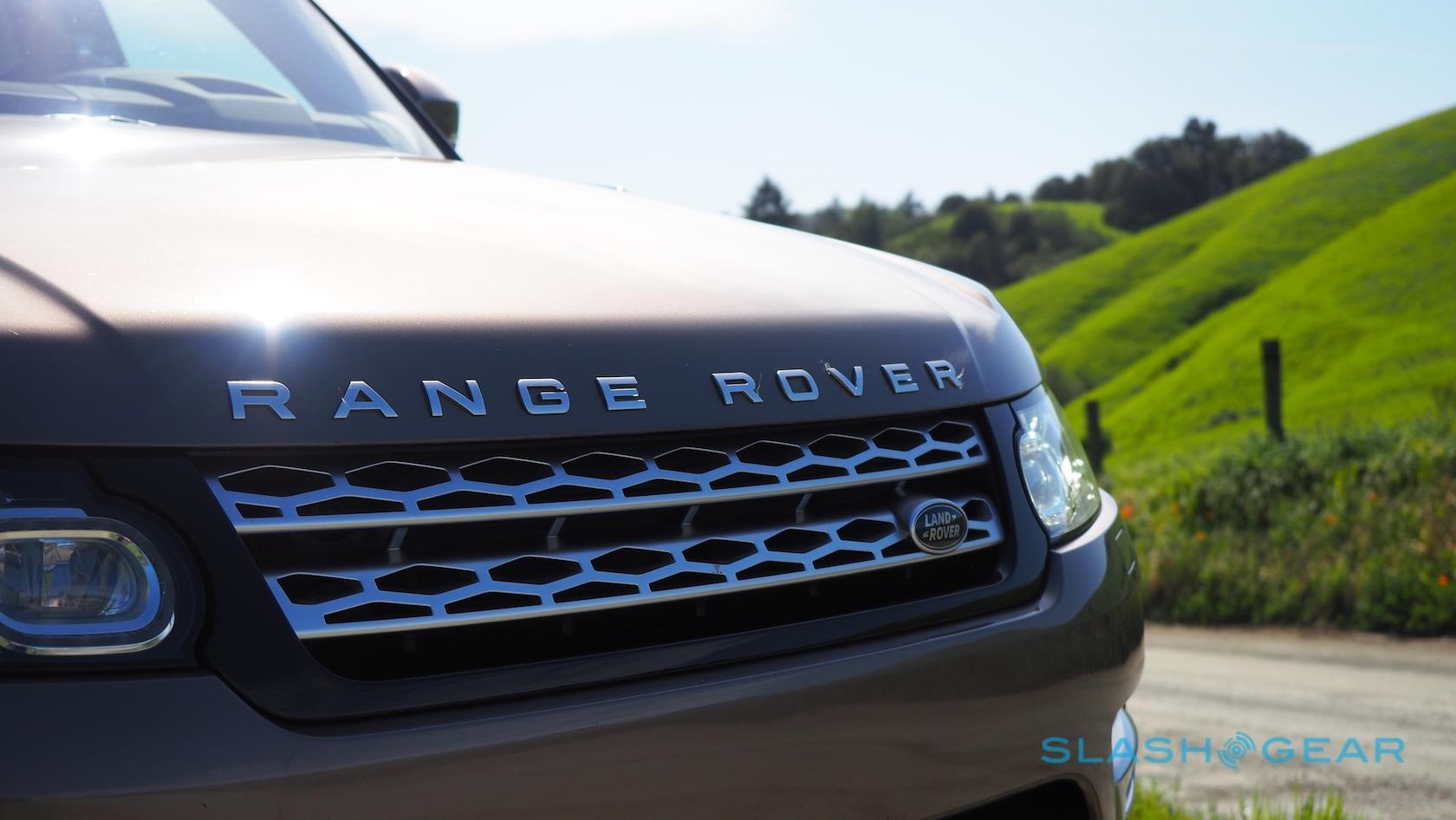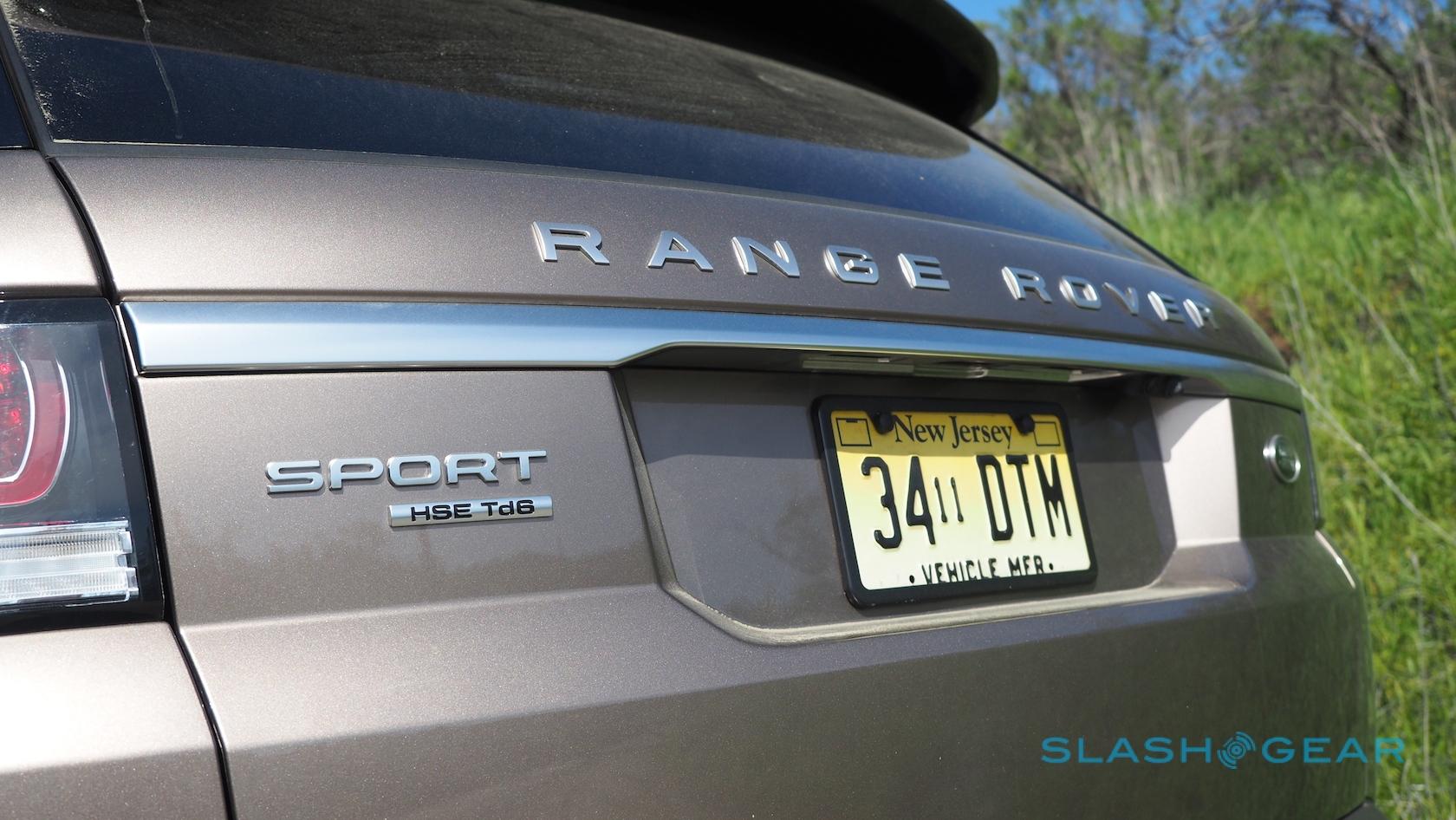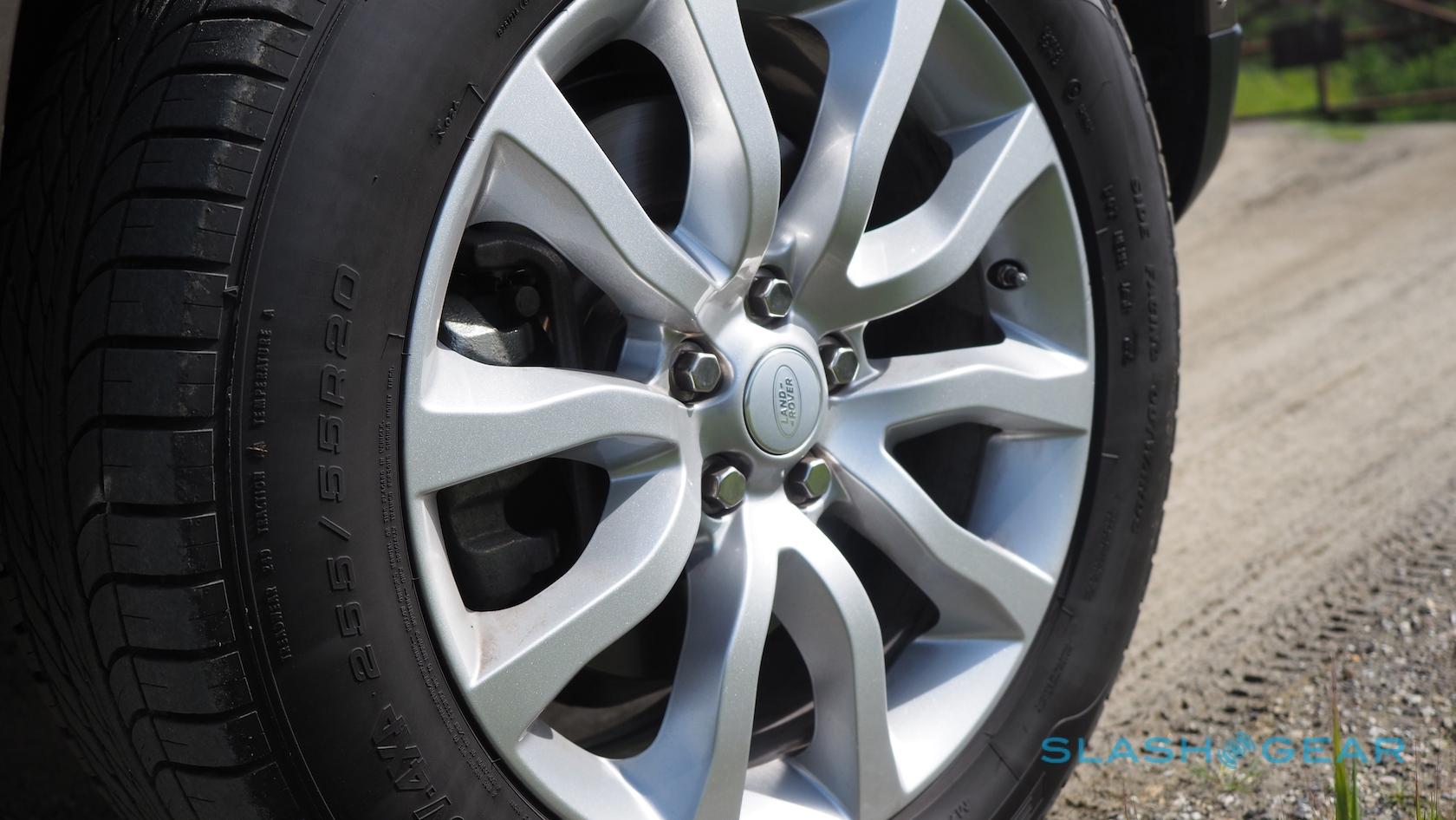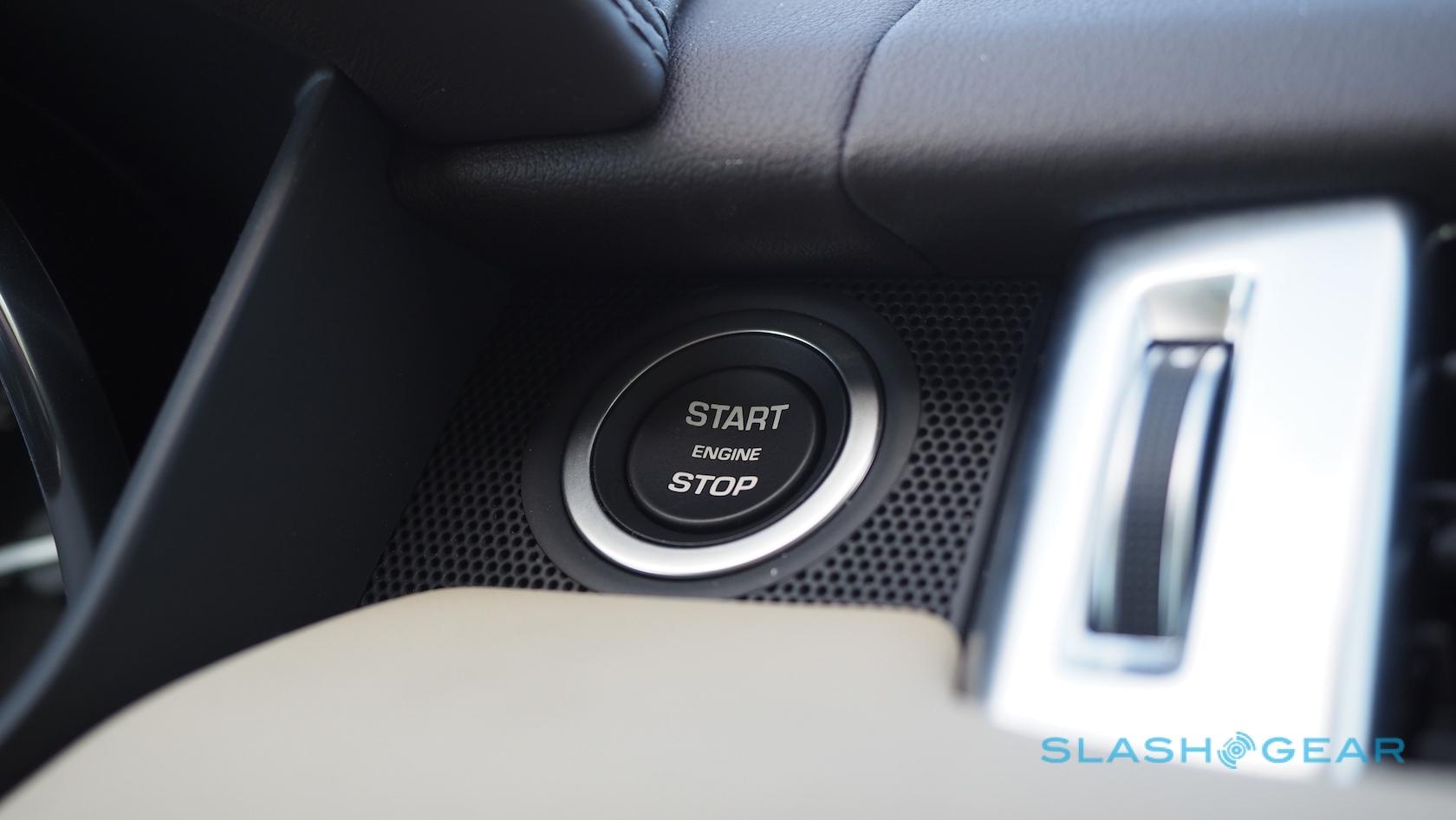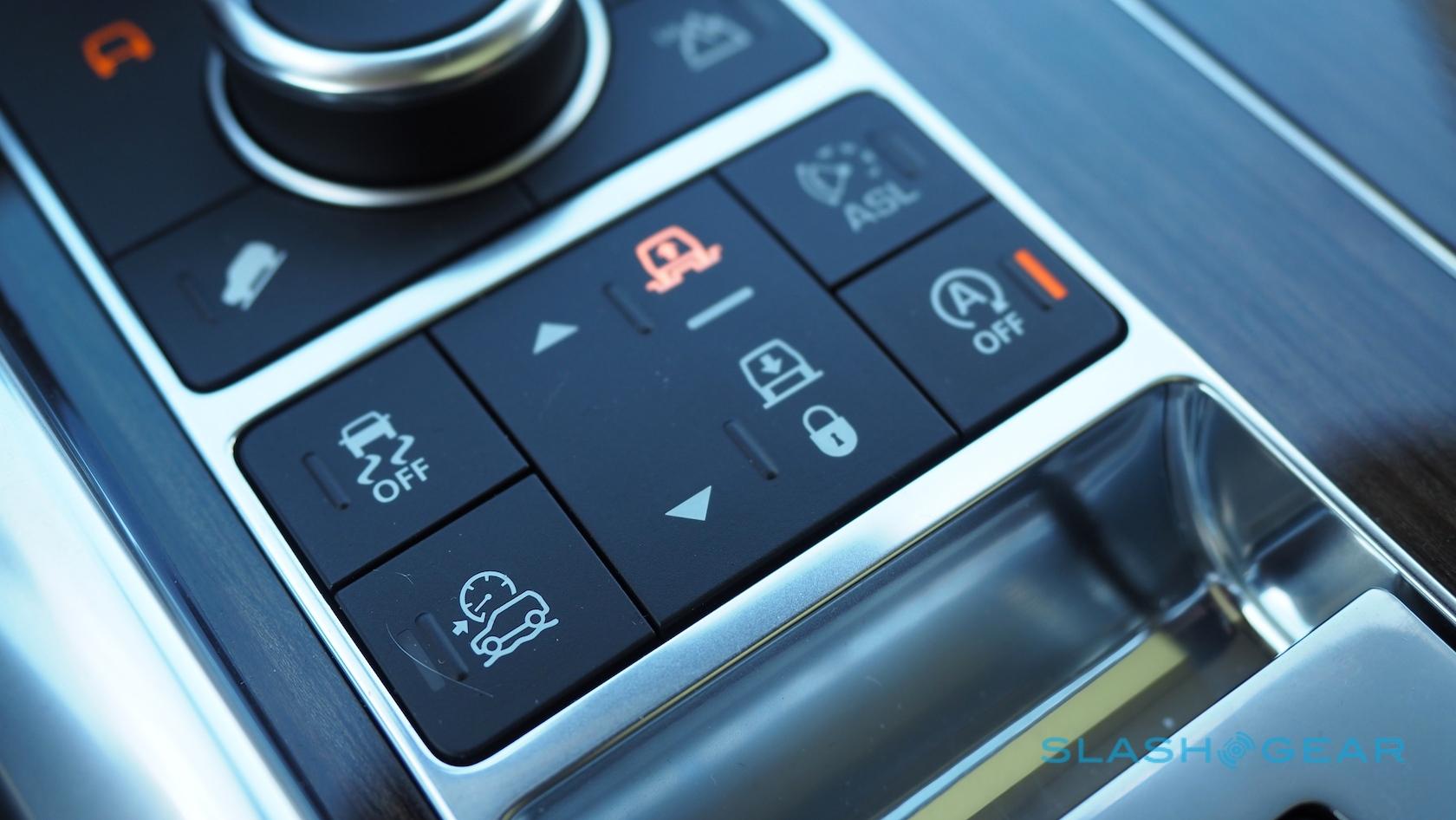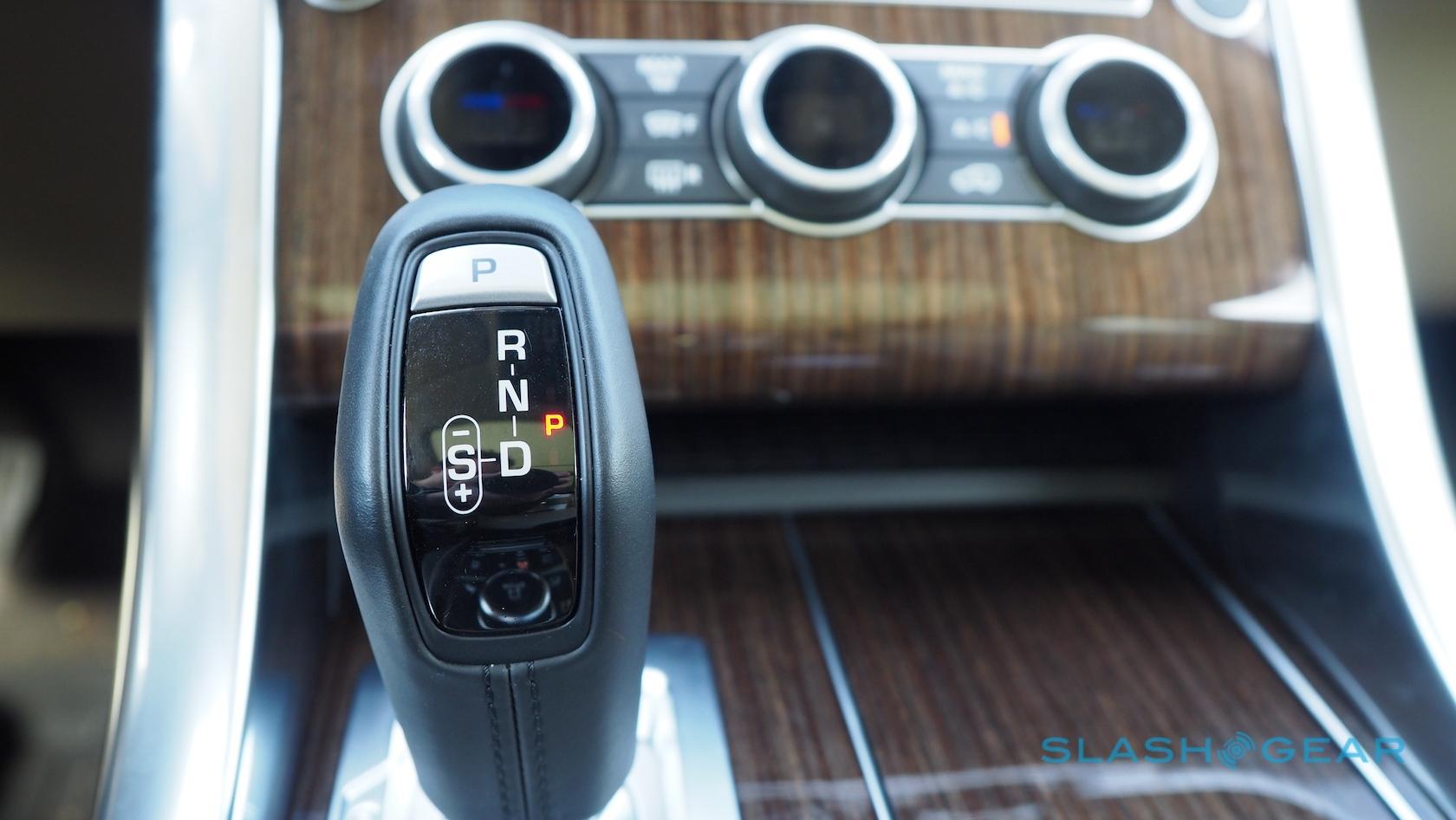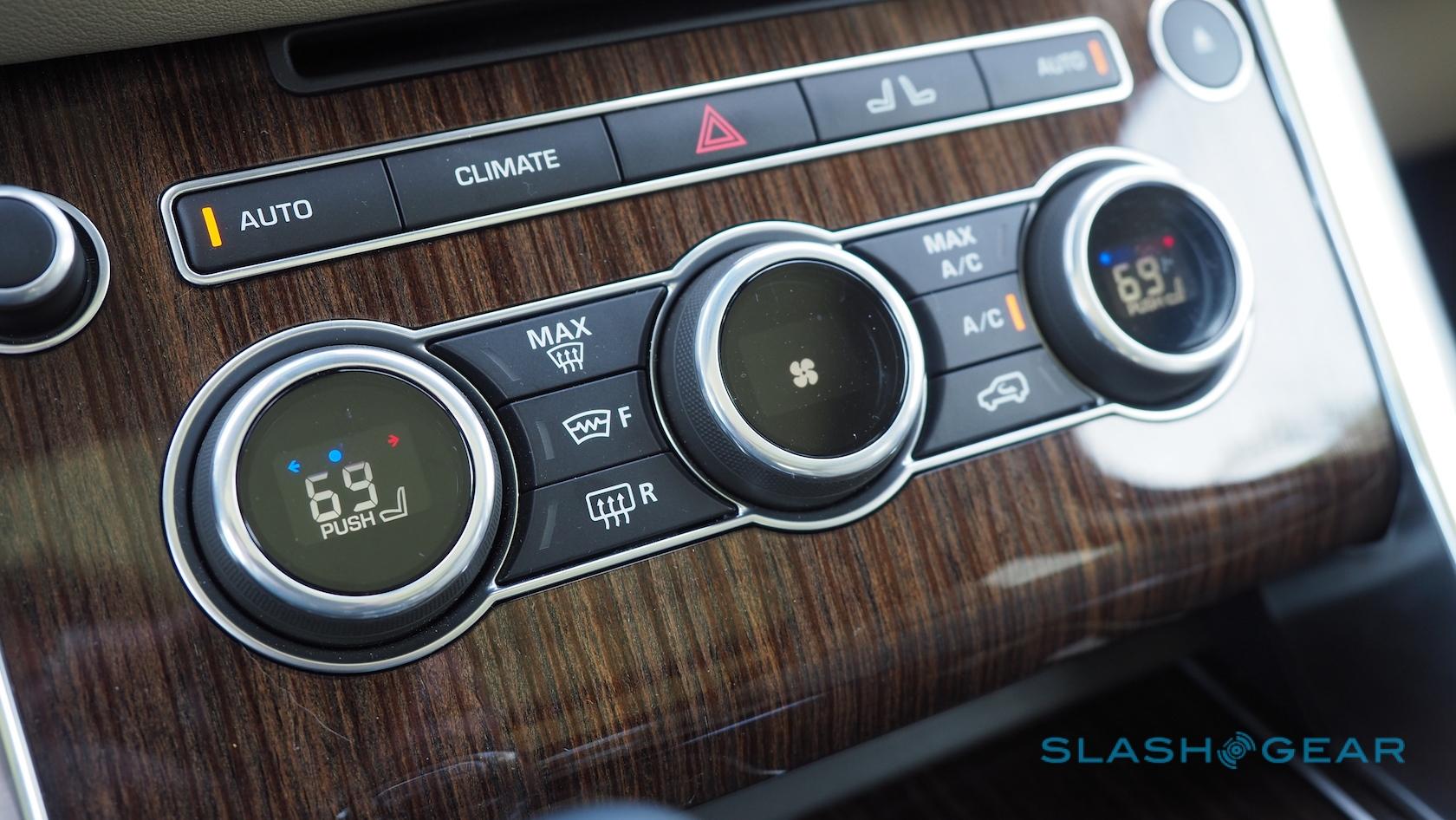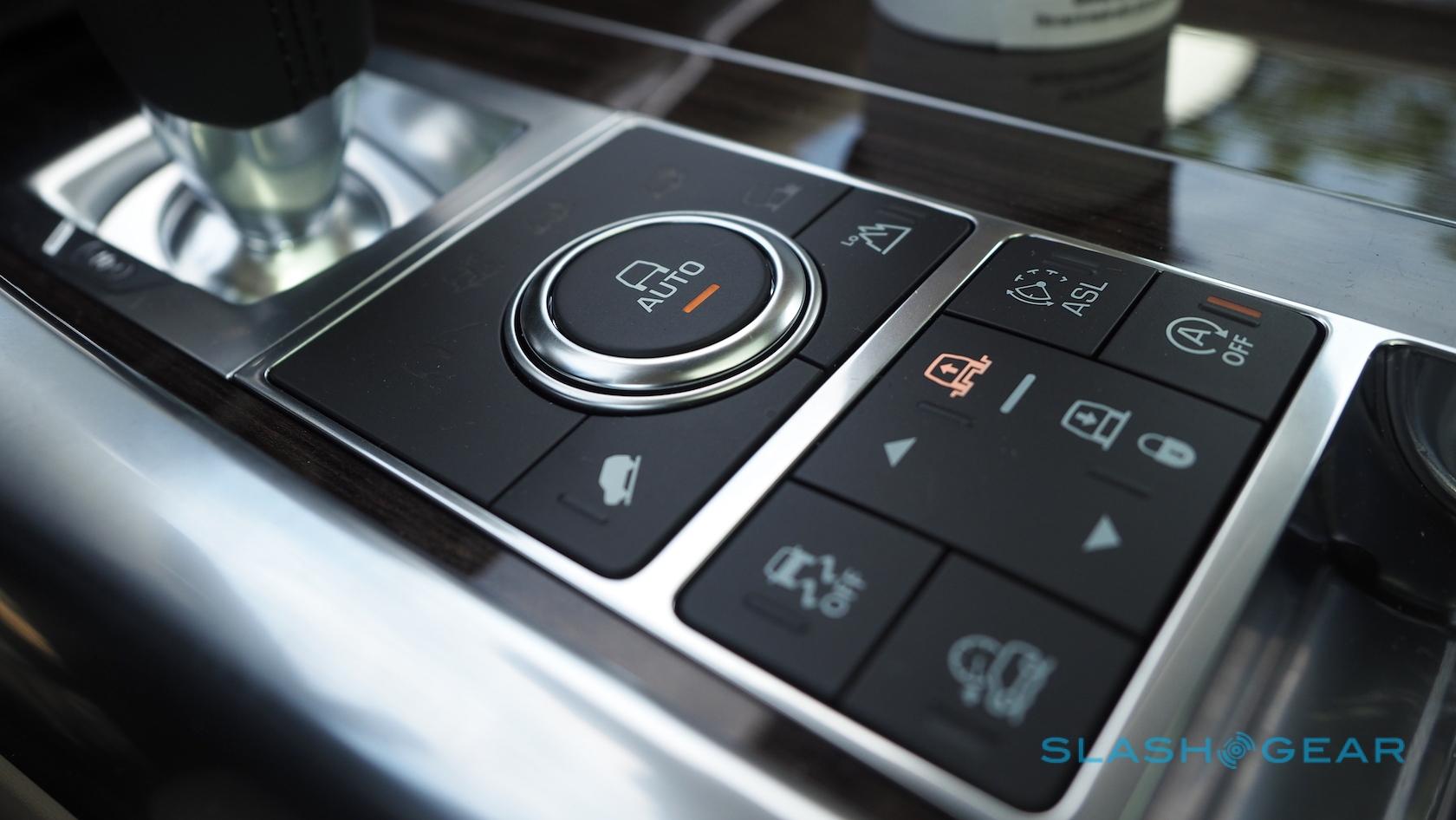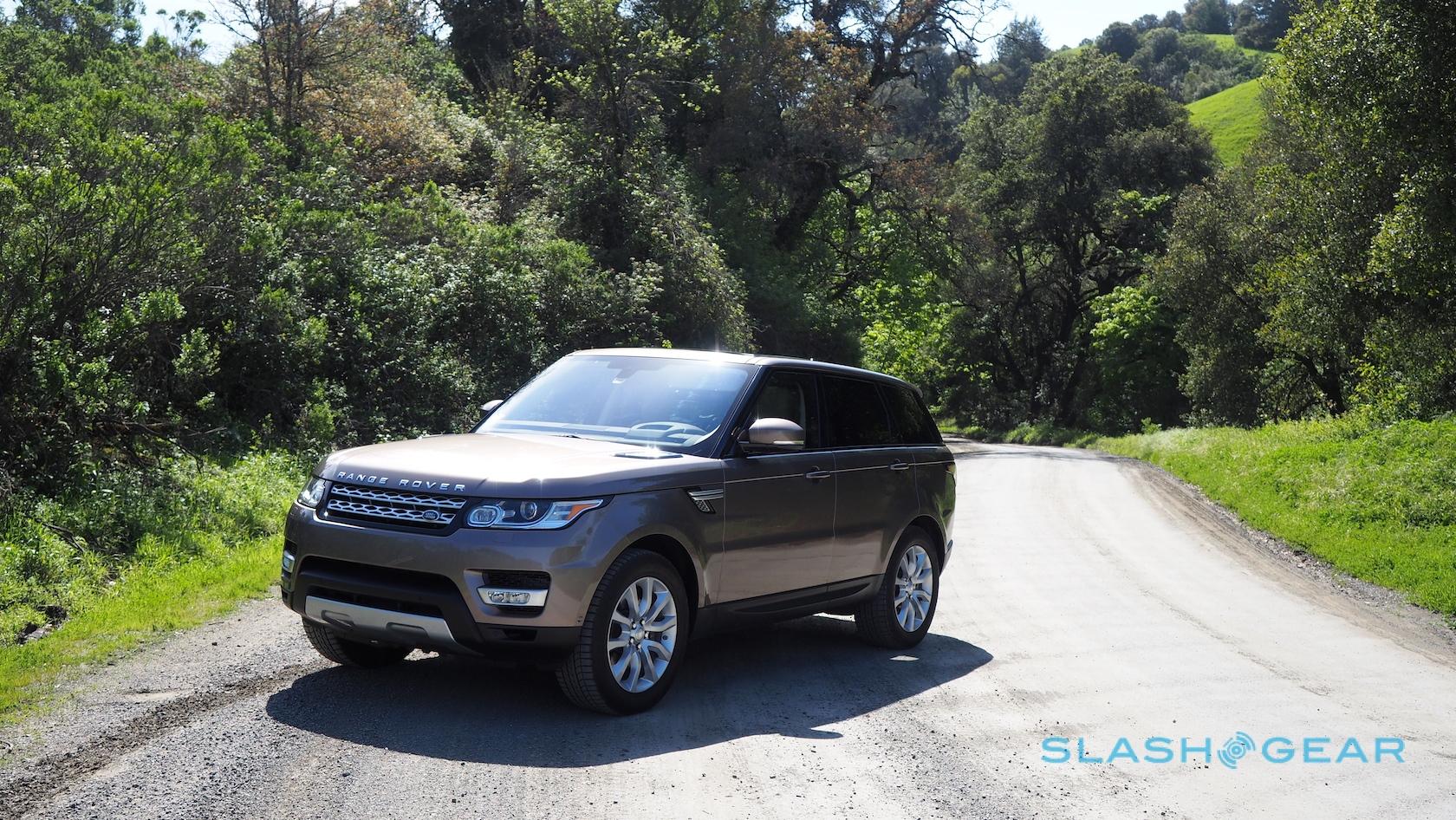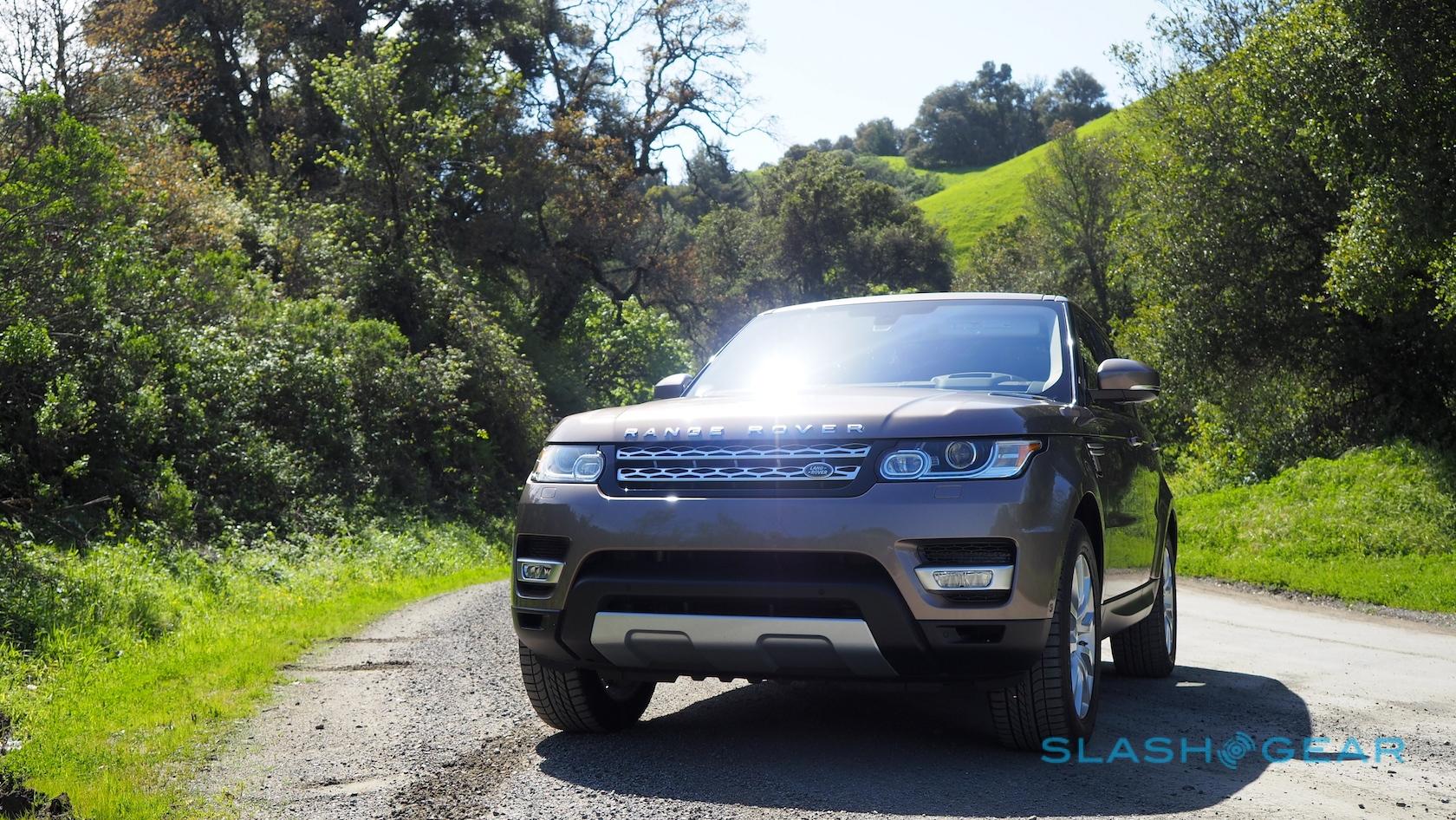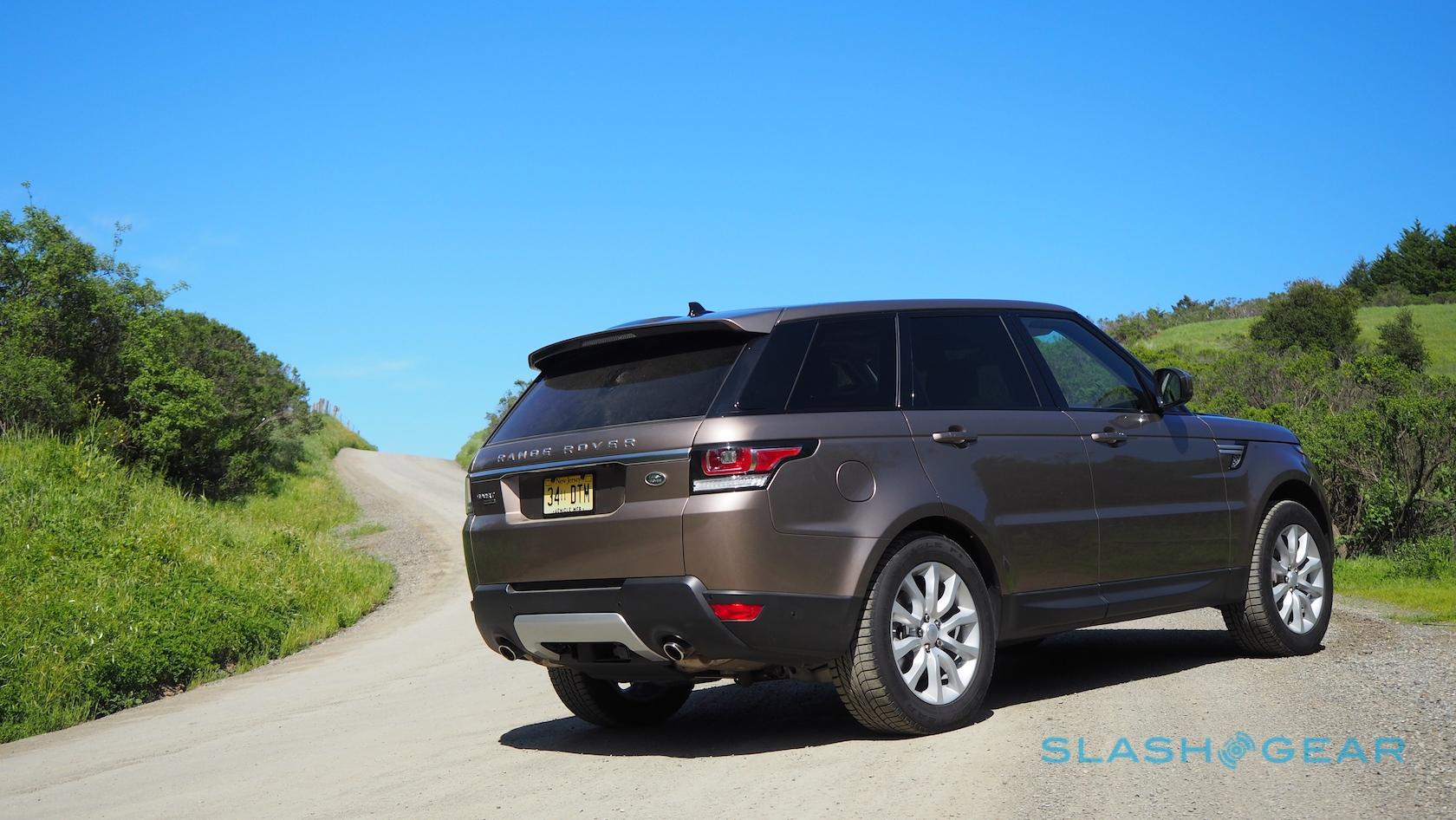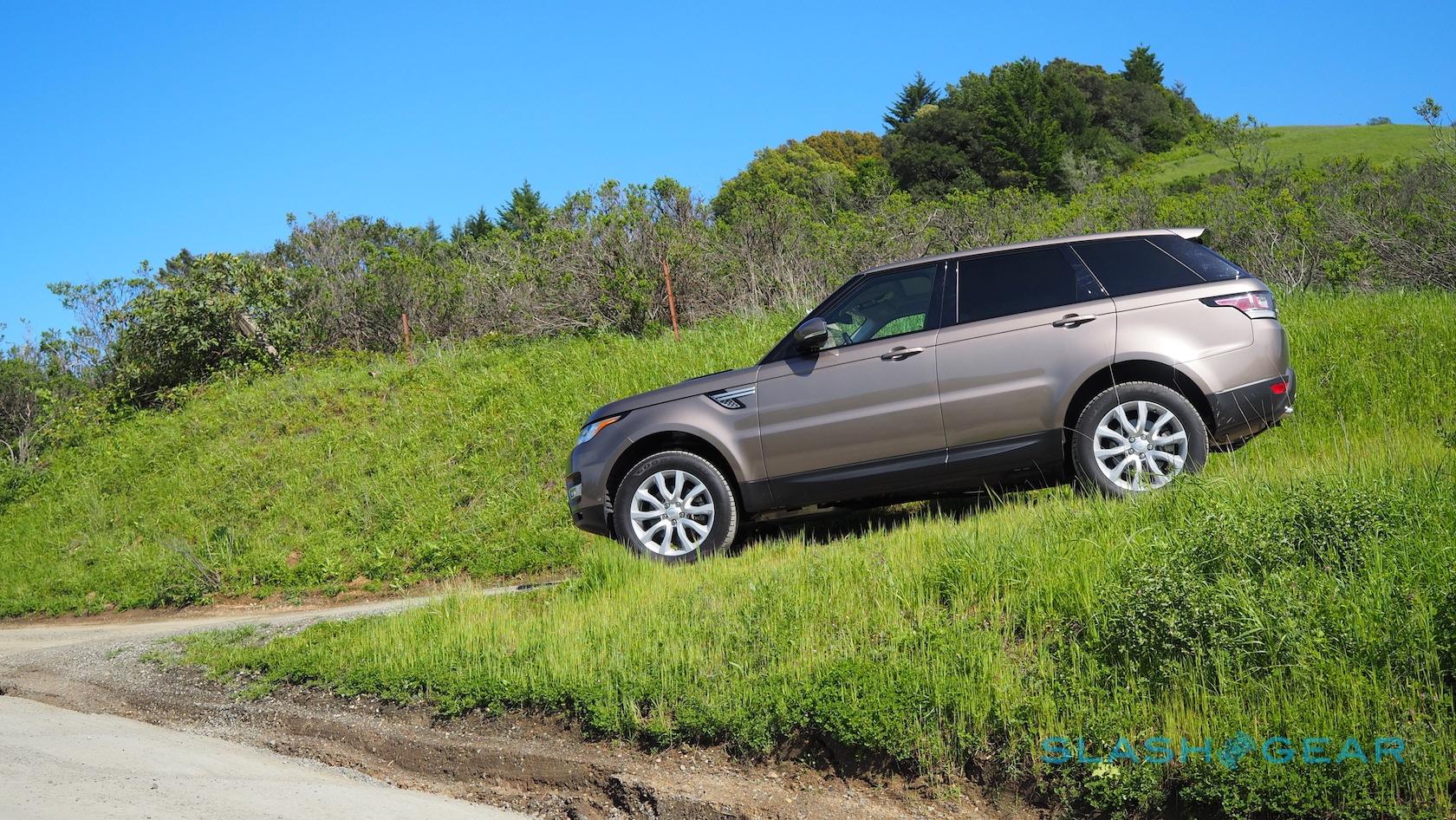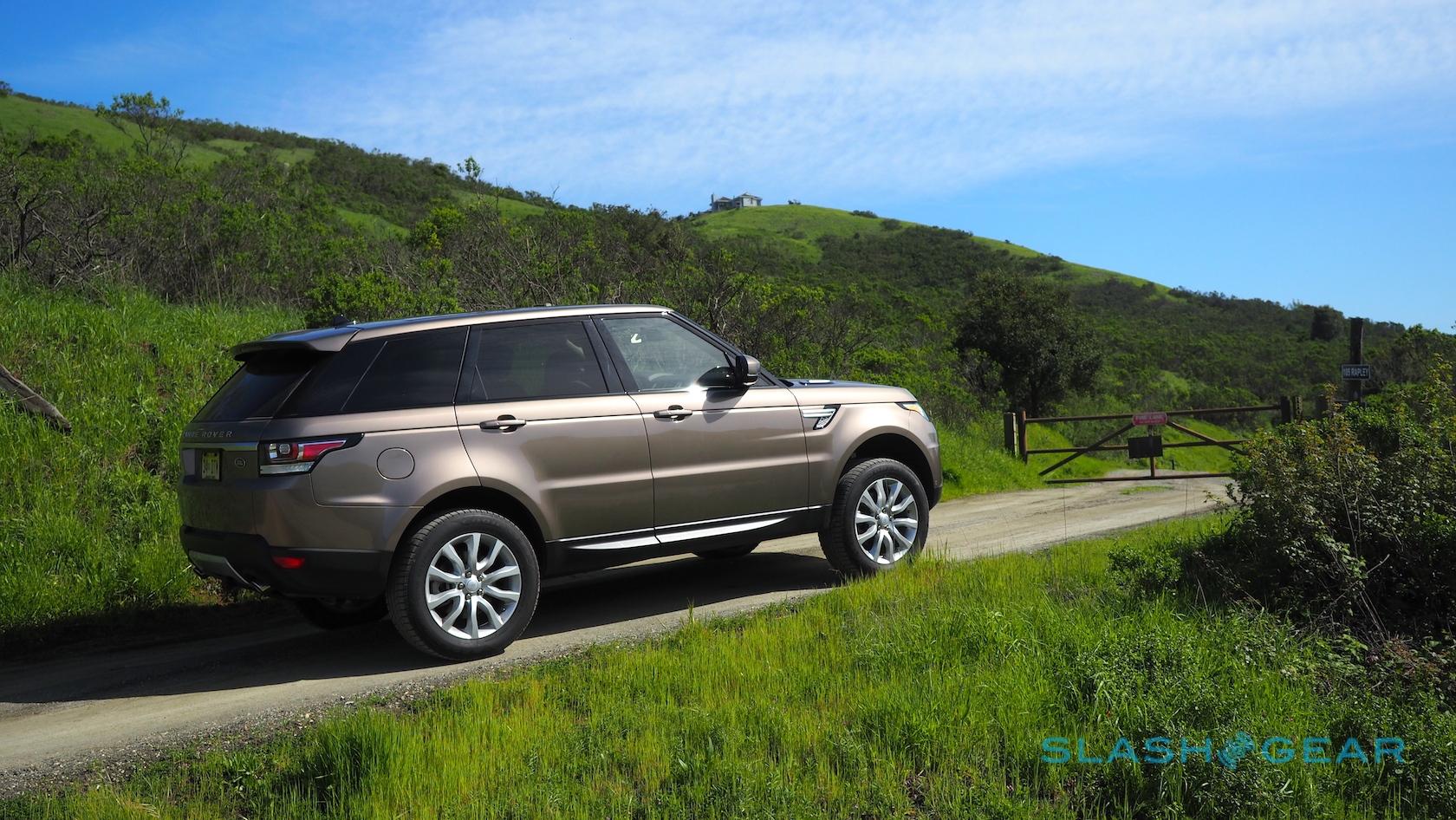2016 Range Rover Sport HSE Td6 Review: Torque Fit For A King
At a time when diesel is a dirty word, Land Rover's refusal to give up with the 2016 Range Rover Sport HSE Td6 could be considered obstinance fit for a king. Sleeker than the Range Rover "proper" and more family-friendly than the Evoque, the Sport combines lashings of torque with quality accommodation, but comes with a high sticker price to match.
On the outside, it may not quite have the "stately home on wheels" gravitas of its Range Rover sibling, but it's still a handsome beast. While if you want true sportiness with the same badge you'll probably look to an Evoque, the Range Rover Sport feels more grown-up.
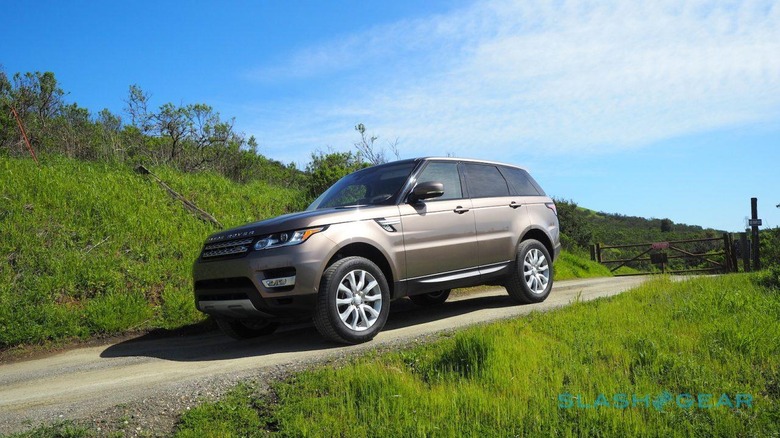
It's also very dependent on what color and wheels you pick. In creamy metallic sand paint – Land Rover calls it "Kaikoura Stone" – and the simple 20-inch wheels it's the epitome of an English farmer's field-to-theater chariot; pick a bolder color and slap some beefier wheels on, however, and you have the perfect accessory for your next rap video.
Inside, it's well-constructed but doesn't feel especially large, a side-effect of the sloping dashboard and the sizable center console. Range Rover does at least make good use of the latter with a cooled compartment to keep your ice cream from melting when you leave the store.
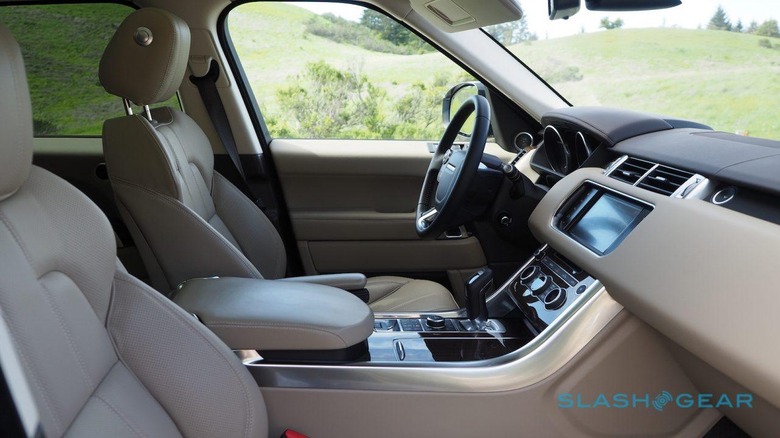
The front seats – upgraded with active cooling and 16-way power adjustment, as part of the $2,620 Front Climate Comfort & Visibility Package, that also adds heated rear seats, Xenon headlamps with auto high-beam, blind spot monitoring, and more – are throne-like, supportive, and comfortable, while the rear has decent legroom. Forget fitting anything larger than children into the power-folding third-row, though, and don't be misled by the SUV's overall size into thinking it's a vast cargo hauler. 27.7 cubic feet (rising to 62.2 cubic feet with the second row down) isn't vast.
What you do get is a fair amount of gadgetry. Land Rover had kindly ticked the $1,850 upgrade box for the 825W Meridian audio system, replacing the – hardly lackluster – 250W standard install. $1,295 gets you active cruise control with the ability to do low-speed traffic follow in urban congestion; $500 throws in the sliding panoramic roof, while $2,900 adds the Driver Assistance Package with its lane-departure, traffic sign recognition, park-assist, head-up display, and 360-degree bird's eye view camera. I'd say the latter is a must-have.
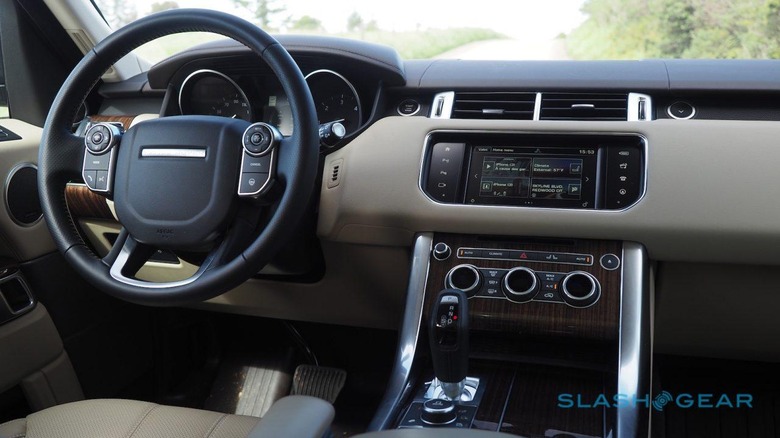
Standard, meanwhile, is a power tailgate which you can now auto-open just by waving your foot under the rear bumper (as long as you have the keys on you, naturally), dual-zone climate control, Bluetooth, and Jaguar Land Rover's InControl infotainment system. Sadly it's not the supercharged version from the 2017 Jaguar F-Pace, but the older, 8-inch system which can be sluggish with its standard-fit navigation.
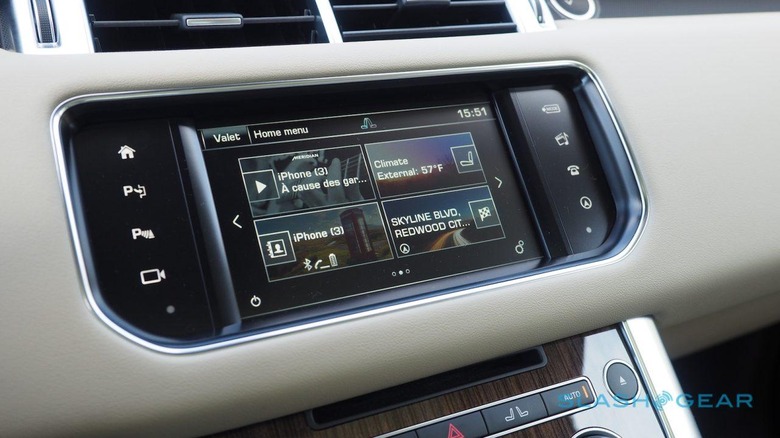
There are plenty of physical controls for those who prefer to rely on muscle memory. [Update: CarPlay and Android Auto are not yet available on the Range Rover Sport]
The electric window switches are oddly placed too far up and too far forward on the doors, but the HVAC dials are all easily adjusted. Some of the switchgear on the steering wheel feels a little flimsy.
As for the engine, Ford builds the Jaguar Land Rover-designed 3.0-liter V6 diesel under the the Range Rover Sport's hood, and while the 254HP may not sound like much, the 443 lb-ft. of torque is plenty. The big SUV isn't slow to wield it, either: stab the accelerator and the 8-speed automatic quickly drops a few cogs and the whole thing surges forward. Land Rover says it'll do 0-60 mph in 7.1 seconds, not bad for something that weighs over 5,300 pounds, though it's hardly the most harmonious experience for your ears. [Update: Clarifying that, though Ford builds the V6, it's a JLR design]
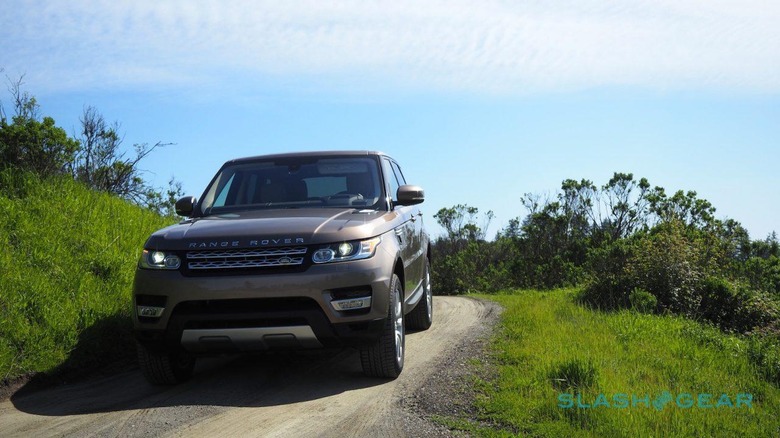
Still, the engineers have done a decent job keeping the cabin quiet, even when the auto stop-start cuts the engine at the lights. Freeway cruising is no problem, though overtaking in the 50-70 mph range does provoke some frenzy in the transmission as the engine hunts for its sweet-spot. The height adjustable air suspension keeps things level while you do it, however.
It's also part of the Range Rover Sport's big sales message: this may feel like a luxury SUV, but it can go off-road with the best of them. Full-time all-wheel drive, independent suspension at the front and rear, Torsen differential, and Land Rover's well-esteemed Terrain Response System with its various modes for snow, mud, and sand are all standard; the $1,750 Extra Duty Package upgrades the terrain system, adds a high/low transfer box, and All Terrain Progress Control which is effectively cruise control for the rough stuff.
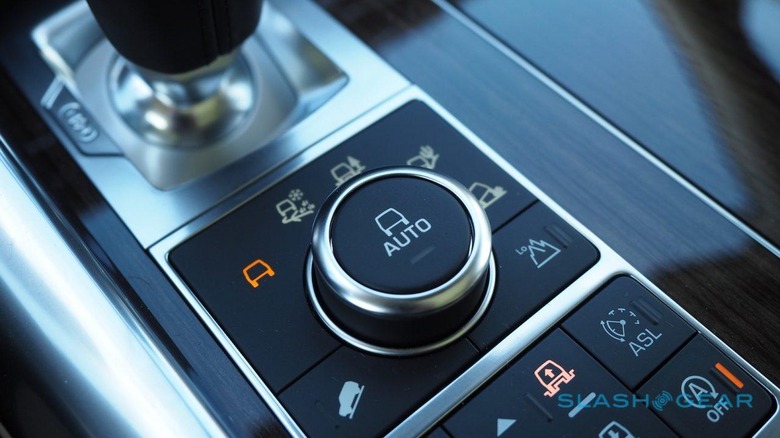
I suspect many buyers won't use much more than the Auto Access Height system, newly-added for the 2016 model, which lowers the car when you open the door for a more graceful dismount. All the same, don't let the "Sport" in the name fool you into thinking this is a faux-off-roader: the Range Rover has serious abilities.
I confess, my time in the mud was minimal, but that did give me a chance to test the diesel's economy. The EPA says you'll see 25 mpg combined, 22 mpg in the city, and 29 mpg on the highway; in my own mixed driving, I nudged past 25 mpg and got more than 550 miles from a full tank (23.5 gallons). If you dislike stopping at fuel stations but enjoy torque, the Range Rover Sport may be the SUV for you.
There's a smaller pool of direct competitors when you take into account diesel: the big German SUVs, the X5 and the GLE/GLS, have diesel options, but Audi, Porsche, and VW have all temporarily retired their equivalents. In Europe, diesel SUVs are the de-facto standard, but I suspect most Americans will lean toward the LR-V6 supercharged 3-liter gas engine instead, which bests the diesel on power (with 340HP) but falls short on torque (332 lb-ft.) and has much worse economy numbers.
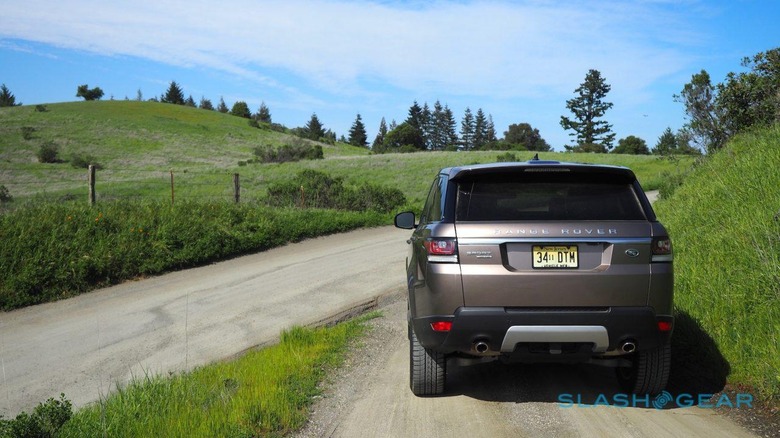
The sensible choice, therefore, is to buck the trend and bite the diesel bullet, though this big SUV doesn't come cheap. The $71,450 sticker (plus $995 destination) rises to $84,260 once all the extras have been added on the car you see here, but even without them it's an expensive ride.
Audi's TFSI gas-powered Q7 hits the same EPA numbers while coming in cheaper, while the Volvo XC90 gets even better economy; admittedly, both have much less torque.
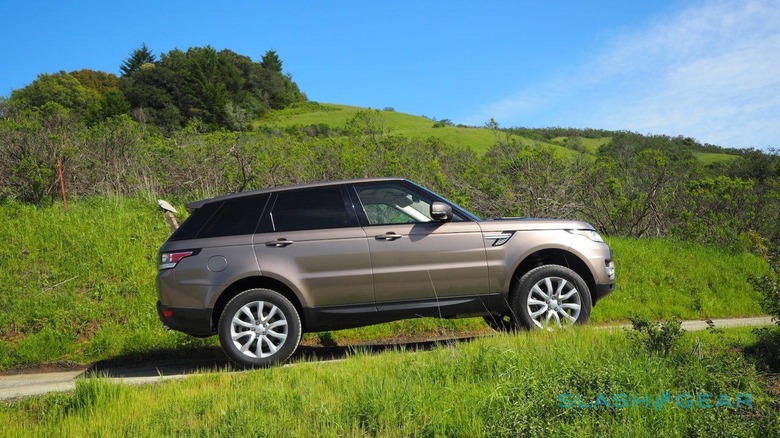
Your decision, therefore, probably comes down to self perception: are you a minimalistic Scandinavian, a technocratic German, or a distant relative of Her Majesty? The 2016 Range Rover Sport HSE Td6 certainly has the image and the performance that royalty demand, you just may have to pawn the family jewels to afford it.

